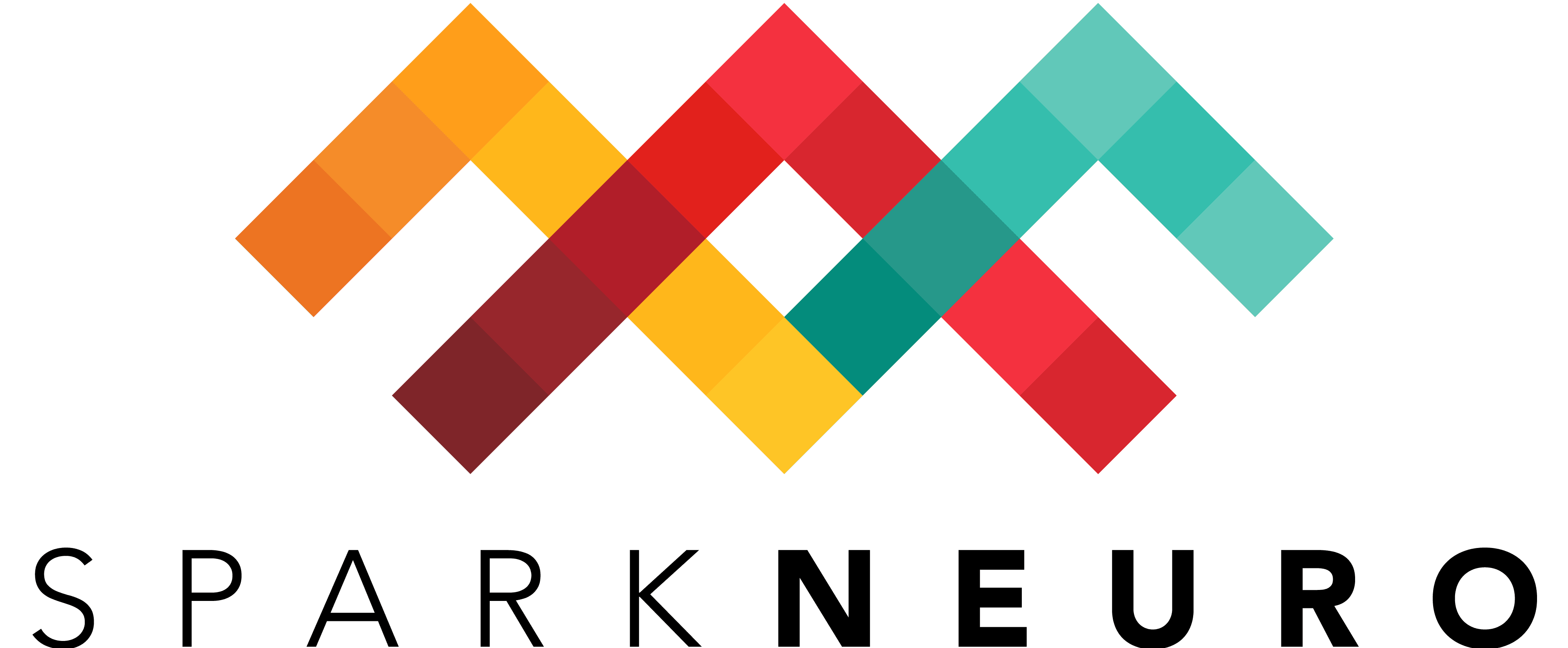Advancing Alzheimer’s Detection using EEG
In 2022, at the Alzheimer’s Association International Conference, Brookshire et al. presented our break-through approach to detecting Alzheimer’s disease. Using a novel method based on fractals, Brookshire et al. achieve 96% accuracy in detecting Alzheimer’s disease, a first-of-its kind achievement for the field of dementia evaluation.
The Difficult Problem of Alzheimer’s Disease Detection
Alzheimer’s disease causes up to 70% of dementia cases, but it’s extremely difficult to detect. Historically, Alzheimer’s disease could only be confirmed by autopsy after a patient’s death. In order for clinicians to intervene early and improve patient outcomes, we need tools that can detect dementia earlier in the biological data that can be measured from patients while they are still relatively healthy.
But brain signals are extremely complex, dense, and noisy. So detecting the signals associated with Alzheimer’s disease necessitates increasingly sophisticated approaches to brain signal analysis. Newer tools, such as MRI, PET scans, cerebrospinal fluid via lumbar punctures, and blood tests, are all starting to help detect and distinguish Alzheimer’s disease, but these tools are often expensive, invasive, inaccessible, or all of the above.
At SPARK, we believe that the ideal solution for detecting Alzheimer’s will overcome these challenges: specifically, it will be affordable, accessible, and non-invasive, while also being highly accurate. In this work, Brookshire et al. demonstrate our achievements in developing just such a solution.
SPARK’s Performance
At AAIC 2022, Brookshire et al. presented their progress on Alzheimer’s detection using EEG and SPARK’s unique machine-learning methods. They report three major accomplishments:
- First, they achieve 96% classification accuracy for Alzheimer’s disease.
- Second, they report 90% accuracy at distinguishing Mild Alzheimer’s disease from Subjective Cognitive Impairment.
- Finally, they show 81% accuracy when differentiating Alzheimer’s disease from other dementia-causing diseases.
This work shows that a dementia evaluation tool, using low-cost, non-invasive, and accessible technology can have extremely high clinical efficacy. At SPARK, we think this is the way of the future.
See the poster below:
